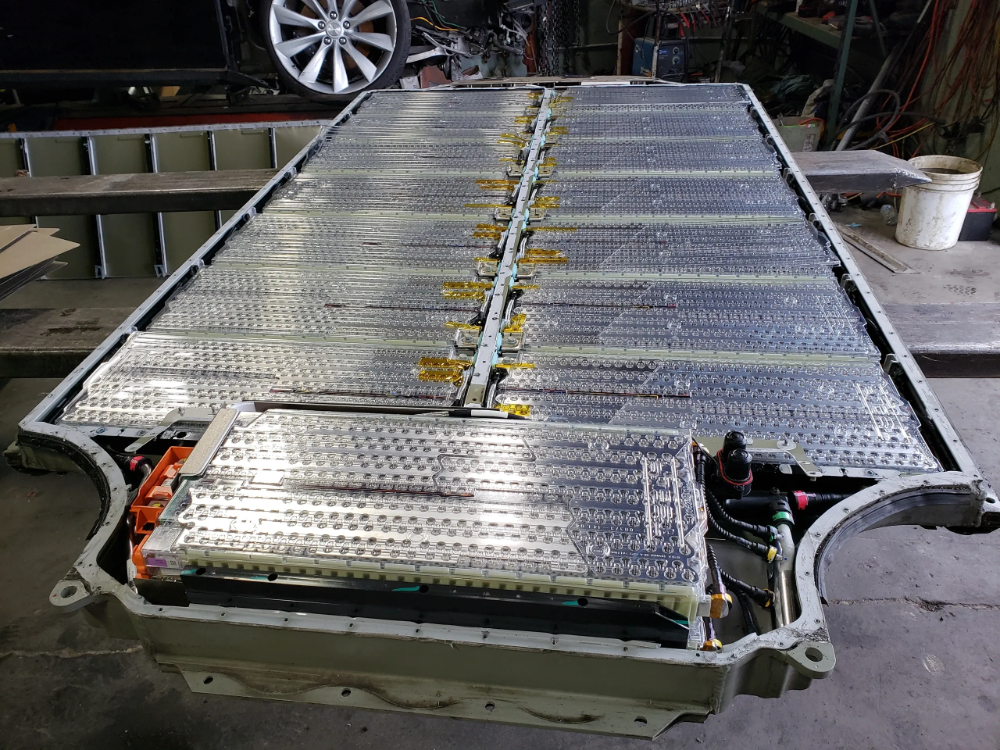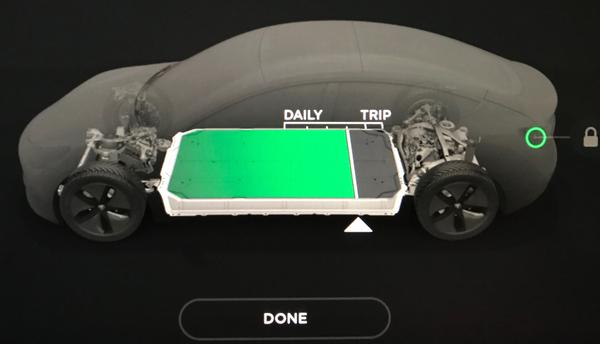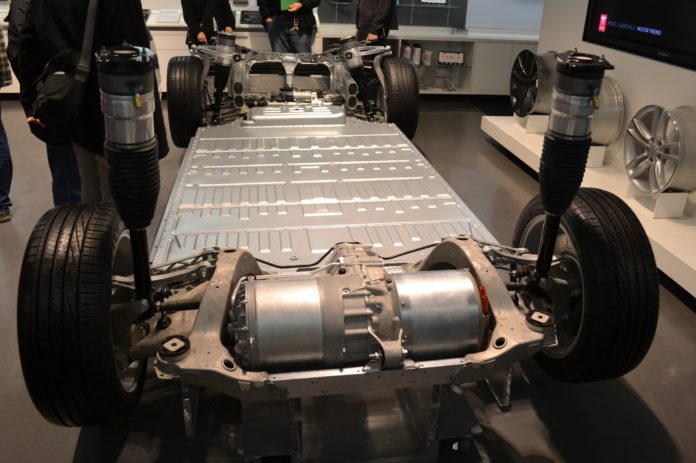Let’s face it. The one thing that causes the most anxiety for Tesla owners the most is the battery.
All our lives, we’ve driven cars with a gasoline engine because battery technology hasn’t been good enough to rely on for a car. In recent years, we’ve also seen Lithium Ion batteries in our cellphones and laptops quickly lose their capacity after only a few years of use. For the first time, society is shifting to battery powered electric vehicles, and we are (rightly) nervous about it.
The result is two big concerns: range anxiety and fear of battery degradation.
We are told that batteries are now reliable enough, but there is always that nagging concern of “what if it isn’t?” A car is a big investment, and we’d like it to last many many years. The good news is that with some proper care of the battery and getting into good habits, both of these concerns are addressed.

All batteries eventually wear out, and your Tesla battery is no exception. Battery life is usually rated based on a certain number of charge/discharge cycles. Unlike your cellphone or laptop, the Tesla actually actually contains between 2,900 and 8,200 individual battery cells (depending on your model and configuration). This means that the cars Battery Management System (BMS) can optimize the charge and draw as you use it to minimise the total number of charge cycles for each cell.
The batteries don’t simply die, and you won’t suddenly end up stuck on the side of the road, they gradually diminish their ability to charge to the same level. The good news is there are Teslas that have been on the road for a dozen years, some with several hundred thousand miles on them, and swapping a dead battery is still a rare anecdote.
It is normal to see some drop in estimated range in a new Tesla. In the first 6 months to a year, the estimated range can gradually drop by 5-10% before levelling off. Don’t forget that the Tesla warranty will cover the battery if it drops below 70% of its initial capacity, but it is very unlikely it will get to that point.
Tesla’s BMS is sophisticated enough to take care of most of the needs of your battery, but understanding how Li-Ion chemistry works will explain why some of the best-practices are important.
There are three fundamental rules that will help reduce the permanent capacity loss to extend the usable life of any Li-ion battery:
1) Avoid charging to 100% capacity
There are two types of Tesla batteries. Some newer Standard Range models include an LFP battery, which can be charged to 100% regularly, but most Teslas have a more standard NMC battery. Charging an NMC Li-Ion battery to 100% capacity results in chemical changes which will shorten the lifetime of the battery. The more time this battery spends at 100% charge, the more of an impact this will have.
2) Avoid temperature extremes
Li-Ion chemistry is impacted by temperatures below 0°C (32°F) or above 40°C (104°F). Charging at cold temperatures promotes metal plating at the battery anode, while high temperatures have an even bigger impact on the longevity of the battery. Teslas have an intricate heating and cooling system dedicated to keeping the battery within this range, even when parked.
3) Avoid deep discharges
Draining your battery below 0% will quickly and permanently damage a Li-ion battery. The Tesla makes it very difficult to do this, as most of the systems will shut down well before the battery can do permanent damage.
This all sounds complicated, but Tesla takes care of most of this for you if you let it. Just give the Battery Management System what it needs and it will take care of things for you.
Here are the 4 habits you can do to help the BMS take care of that battery.
Set your charge level

Tesla recommends setting the charge limit no higher than 90% on a daily basis. Depending on your daily driving needs, adjust this to keep it away from the extremes. You may choose to set your charge limit to 70% or 80% if you don’t need it any higher on a typical day. Of course, if you are planning a road trip, bump it up as needed, but on an everyday basis, keep it in the middle.
Note: Starting in late 2021, some Standard Range Model 3’s began shipping with a Lithium Iron Phosphate (LFP) battery. If your car has this battery, you can safely charge these to 100%. In fact, Tesla recommends charging these to 100% on a regular basis.
Charge every time you are at home

Tesla drivers often follow the rule of ABC – Always Be Charging. Unlike older Ni-MH batteries, there is no benefit to draining the battery before charging it up, and you may actually be doing harm by increasing the number of full discharge cycles by doing so. So even if you’ve only used a couple of percent, plug it in. If you are parked and not plugged in, then Sentry, Cabin Overheat and other systems use power that will then need to be later recharged, needlessly using up cycles. If you keep the car plugged in, the Battery Management System can maintain the charge, and use wall power to maintain the battery heating and cooling system. The added bonus is you leave home every day with a full battery, so you don’t have to worry about range.
Use scheduled departure where possible

If your daily routine is relatively predictable, set up scheduled departure times. This will set your car so that it finishes charging as you are about to leave. From the battery’s perspective, this has the dual benefit of not letting the car sit at full charge for very long, as well as optimizing the battery temperature before you leave. It’s also nice to have the climate control precondition the cabin, and have that heating and cooling happen while you are still plugged in to the wall.
Don’t let the car sit at charge extremes for too long
The best advice is to avoid going above 90% or below 20% at all, but if you must, make it for short periods. If you need the range and need to go up to 95% or 100%, charge it so it finishes charging within an hour before you leave. Don’t bring it up to 100% and let the car sit overnight. Even for trips, there is very little difference in range between 95% and 100% – closer to 100%, regenerative braking doesn’t work, so driving is less efficient. Likewise, if you are driving and your range drops below 20%, be sure to charge it back up as soon as you are able.
While all of these tips can help to retain the charging capacity of your battery, it is important to remember that the battery and powertrain is covered under warranty for 8 years or 100k to 125k miles (depending on your model). They will cover battery degradation that falls below 70% of the initial capacity. There are very few reports of people replacing their batteries after 300-500,000 miles, and early indications are that the battery could last much longer than that.
This seems like a lot to remember, but it’s really just habit forming. We have many habits from our years of driving gasoline powered cars, but once you get the hang of battery hygiene, your Tesla battery will serve you for many years to come.


